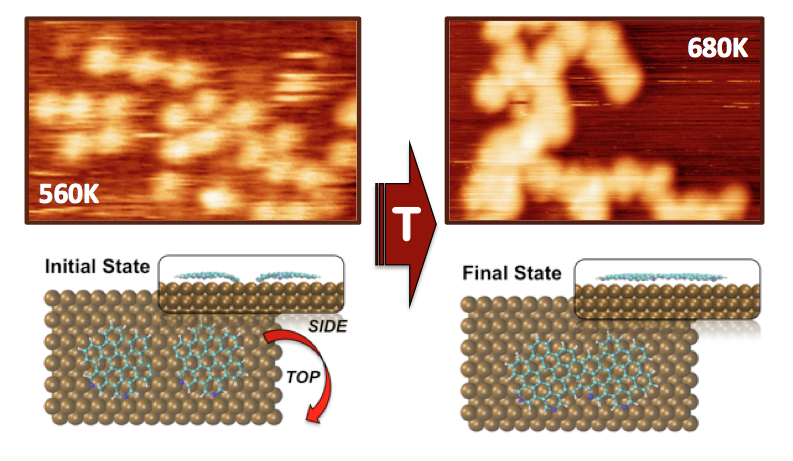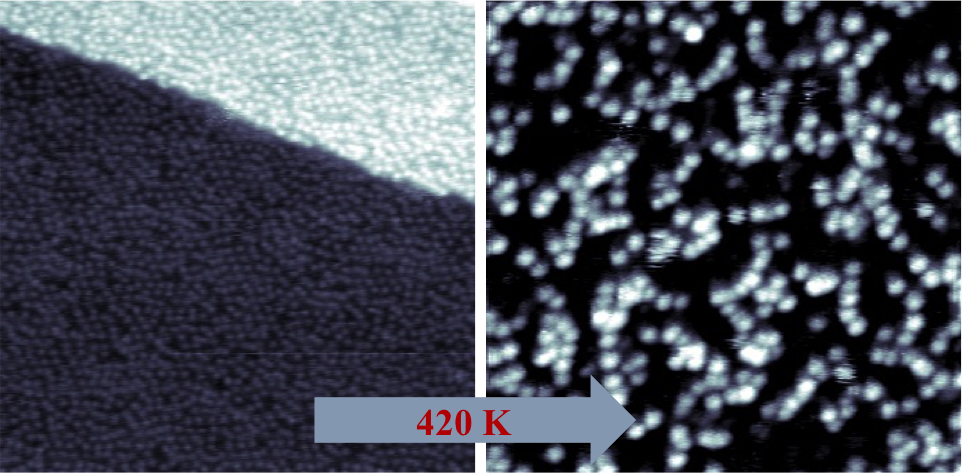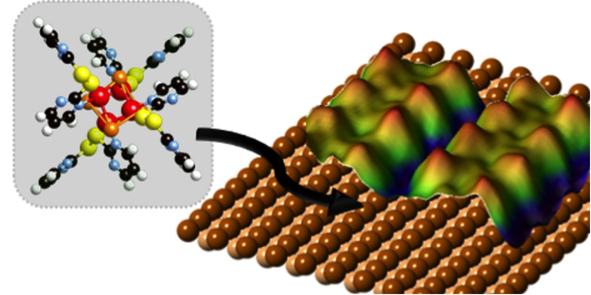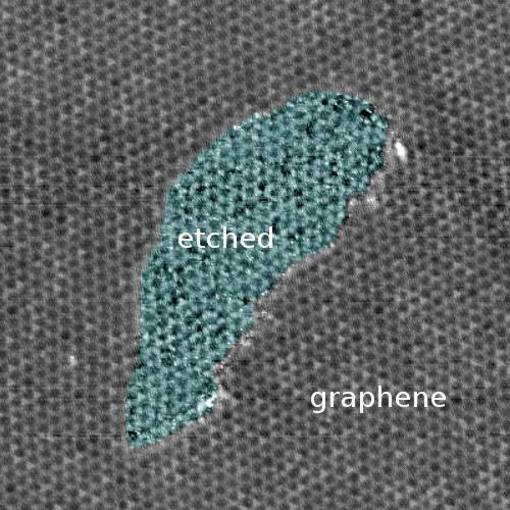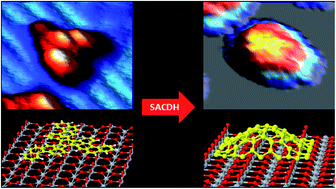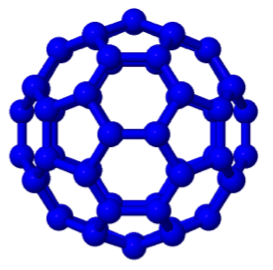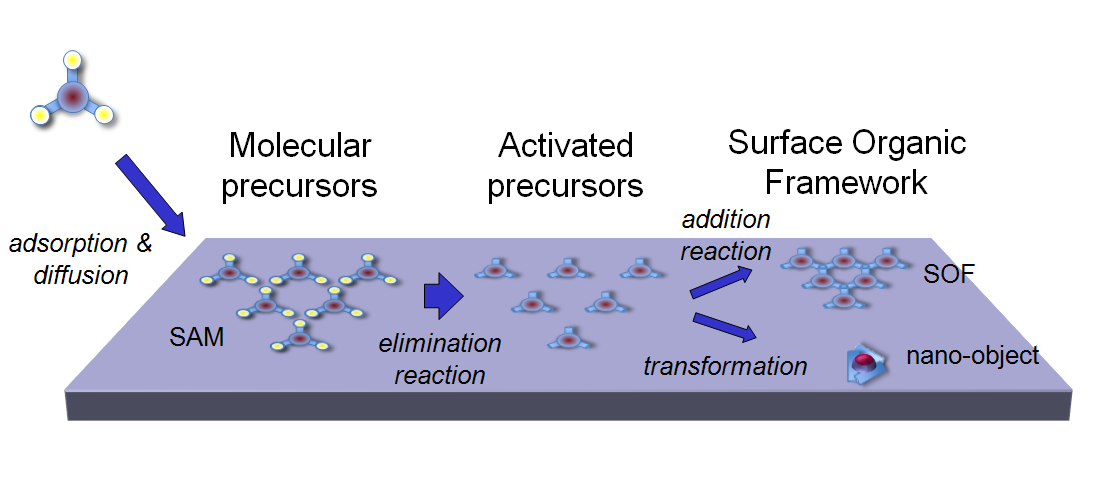On-surface chemistry: synthesis of azine derivatives with acceptor behaviour (Angew. Chem. 2018)
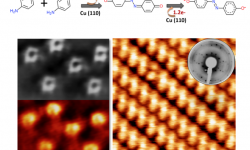
On-surface chemistry is a potential strategy focused on obtaining and developing novel nanomaterials of different dimensionalities with atomic precision. The growth mechanism is based on a bottom-up approach where molecular building blocks are evaporated onto a surface. Therefore, choosing the appropriate surface and precursor we are able to build and…


